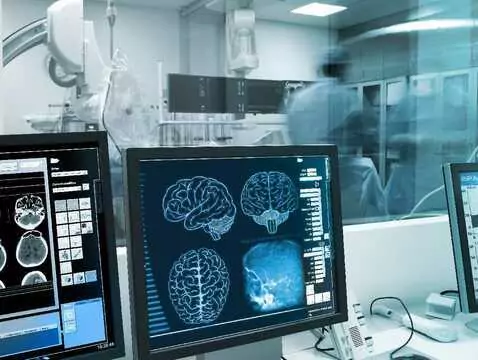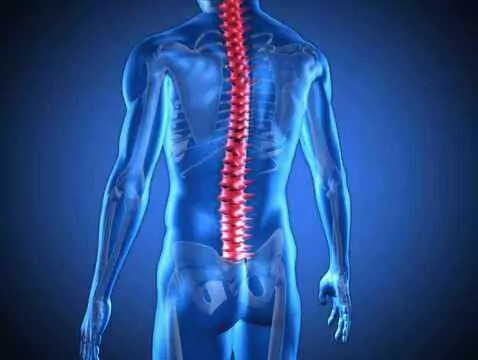Multiplesclerosis (sclerosis multiplex/S) is a process with a very complex mechanism. Three main theories are mentioned to explain the formation of S. It seems crucial to understand in detail the cause of S and the role of any factors that may contribute to it.
This problem affects people who are highly susceptible to these infections because this is when post-infection immune response disorders develop and nerve tissue is destroyed.
Smoking and prolonged stress
Smoking, as well as long-term severe stress, may be other factors that increase the likelihood of contracting S. Further research into these factors is currently underway. At the same time, scientific research is being conducted on whether stress significantly affects the course of the disease and periods of exacerbation.
Genetic predisposition
Genetic predisposition also plays a significant role in the pathogenesis of S. Genes that may increase the likelihood of developing S include the short arm region of chromosome 6 (6p 21). Further evidence comes from studies on the familial occurrence of the disease. Studies of monozygotic twins show that if one twin develops S, the other has a 20%-35% risk of developing the disease. In the case of dizygotic twins, the probability is only 4%.
Autoimmune reaction
When it comes to the pathogenesis of S, there is a great deal of talk about an autoimmune reaction (the immune (immune) system attacks the normal cells of the body). At present, the activating factor of the immune system is not known. T and B lymphocytes and macrophages are activated. They act against CNS (central nervous system) structures and attack and destroy nerve fibre sheaths. This leads to a condition in which the nerve impulse is not properly transmitted, which manifests itself in the disruption of the normal function of the CNS.

photo.ojoimages
The remyelination process
Despite the extensive destruction of the nerve fibre sheaths, a repair process - remyelination - is also taking place. This involves the intensive rebuilding of myelin sheaths with the participation of various types of cells. Initially, this process is very intensive and the influx of cells to the site of damage is very rapid. Over time, the repair process may weaken under the influence of various inhibiting factors.
Literature:
- Stwardnienie rozsiane, scientific editor, J. Losy, Lublin 2013, Issue I
- Stwardnienie rozsiane, scientific editor of translation J. Kotowicz, Wydawnictwo Lekarskie PZWL, Warsaw 2011.
- I. McDonald et al, Recommended diagnostic criteria for multiple sclerosis: guidelines from the international panel on the diagnosis of multiple sclerosis, Wiley - Liss, Inc. 2001, s. 121 - 127.
- Multiple Sclerosis, K. Selmaj, Poznań 2006
- M.A. Lee, P. Palace, J. Palace, The diagnosis and differential diagnosis in multiple sclerosis, in Multiple sclerosis for the practicing neurologist, Demos Medical Publishing, New York 2007, p. 39.









